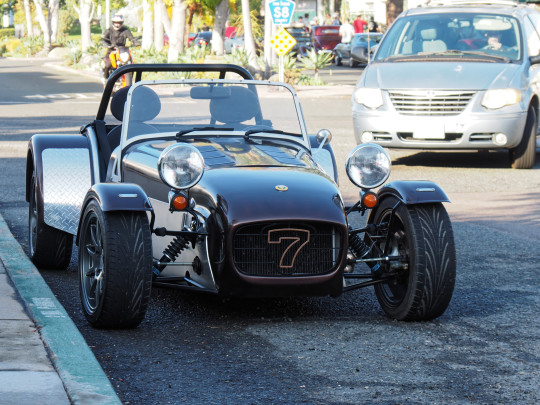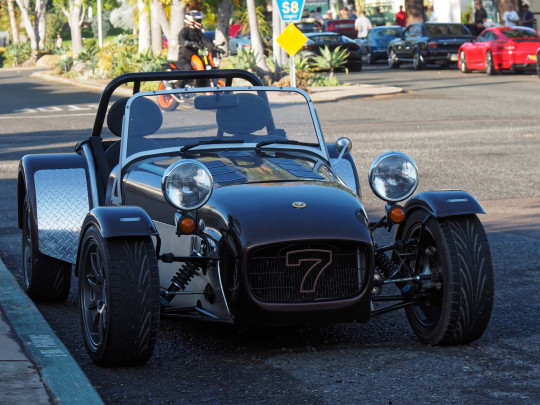#caterham
Text


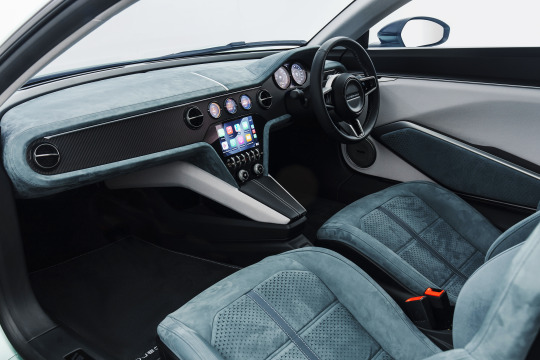


Caterham Project V, 2023. A lightweight fully-electric coupé concept vehicle that has the potential to enter production in late 2025 or early 2026. The prototype has been styled by Caterham Chief Designer, Anthony Jannarelly, and built by Italdesign. It uses a 200kW (272PS) rear-mounted electric motor with a 55kWh battery pack. Bob Laishley, CEO of Caterham Cars Ltd has said “An electric Caterham of any shape and size has to stay true to what sets us apart from everyone else: being lightweight, simple and offering an unparalleled driving experience; that’s our DNA.” It will be presented at the Goodwood Festival of Speed
#Caterham#Caterham Project V#concept#design study#prototype#electric car#electric sports car#EV#2023#2025#Anthony Jannarelly#Italdesign#Goodwood Festival of Speed
680 notes
·
View notes
Text




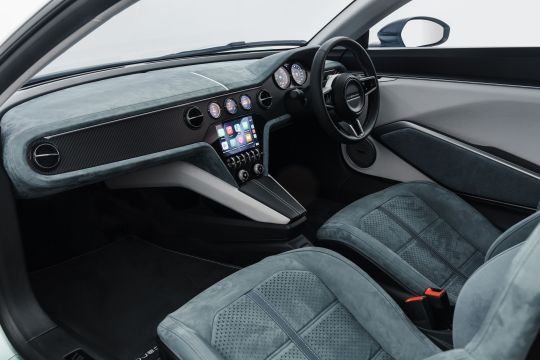


Caterham Project V Concept
#art#design#supercars#luxurycars#supercar#luxurylifestyle#luxurycar#hypercars#hypercar#caterham#project V#concept car#car concept#uk#sportcars#sportcar
280 notes
·
View notes
Text

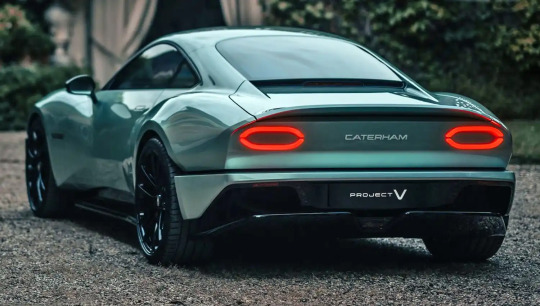

82 notes
·
View notes
Photo

Caterham 7 @Tokyo Wan Ferry
93 notes
·
View notes
Text


Spa 2014
57 notes
·
View notes
Photo

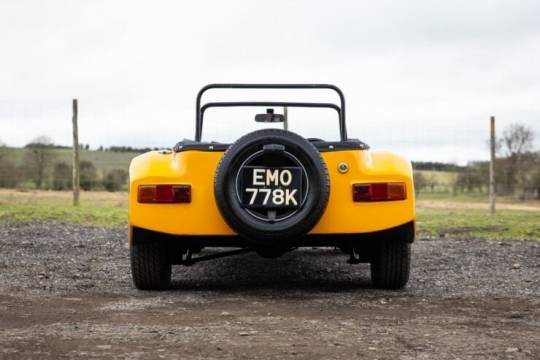



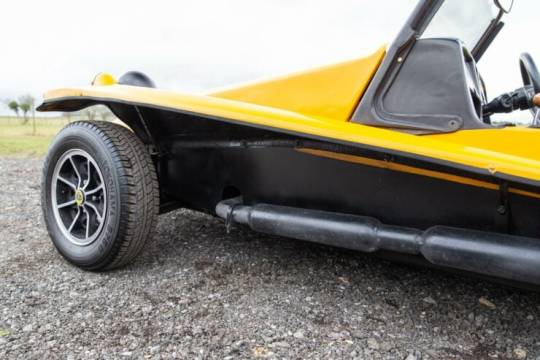


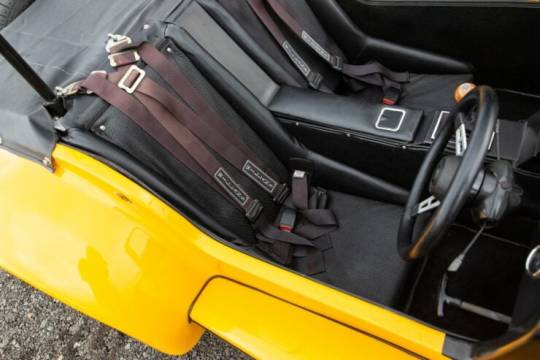

Lotus Seven Series 4
The Lotus Seven was first introduced in 1957 by Lotus founder Colin Chapman. Chapman’s idea was to create a lightweight, nimble sports car that could provide an engaging driving experience while being affordable for the average enthusiast. The car’s design was inspired by the clubman racers of the day and the earlier Lotus Mark VI and it was offered in both kit form and as a turnkey car.
The kit option would be the most popular, vastly outselling the turnkey car as kit cars at the time avoided the automobile purchase tax which was no insignificant. Interestingly, the law stated that kit cars couldn’t be offered with assembly instructions, an issue that Chapman addressed in his own unique way by offering detailed disassembly instructions that the kit builder could follow in reverse to build their car.
The first Lotus Seven, also known as the Series 1, was powered by a 1.1 liter Ford Sidevalve engine producing 36 bhp, and the car weighed just 725 lbs. Its lightweight design was classic Chapman, with a tubular steel spaceframe chassis, a fiberglass body, and a simple cockpit with only the bare necessities.
The Seven was an instant success, praised for its agility, speed, handling, and its affordable cost. In 1958, Graham Hill drove the Lotus Seven factory demonstrator to victory in a race at Brands Hatch, solidifying the car’s reputation as a highly-capable racing machine in the right hands.
Over the years, the Lotus Seven evolved through various iterations from Series 1 through to Series 4, each with its unique features and improvements. The Series 2, introduced in 1960, featured a stiffer, simpler chassis design, revised suspension, and a more powerful engine.
The Series 3, released in 1968, was most commonly powered by the 1.6 liter, inline-four cylinder Kent crossflow engine. The Series 3 cars were also produced under license in Argentina, with over 50 made, and the model would be reintroduced in modified form by Caterham after the Series 4 proved less popular than anticipated.
The Series 4, introduced in 1970, marked a significant departure from the earlier Lotus Seven models. The Series 4 was designed to be more comfortable and practical than its predecessors, with a wider body and improved amenities. It also featured a more powerful engine, capable of producing up to 120 bhp, making it faster than the previous Lotus Sevens.
Despite its increased comfort and convenience, the Series 4 retained the classic Lotus Seven design elements, such as its tubular spaceframe chassis and lightweight fiberglass body. As noted higher up, the car was available in kit form or as a fully assembled vehicle, making it accessible to a wider range of enthusiasts.
45 notes
·
View notes
Photo

Caterham Super Seven 600 et Super Seven 2000. - source Motorlegend.
107 notes
·
View notes
Text

Lightweight Seven SilhouetteHistory Single
Single silhouette of 1957 Lotus Seven
Home | Index | Posters | Special Tees | Facebook | Instagram
#silhouettehistory#lotus#seven#lotus seven#super seven#lotus mk7#caterham#westfield#roadster#sports car#british cars#single silhouette#car#silhouette#history
4 notes
·
View notes
Text



1980 Caterham Super Seven
My tumblr-blogs:
www.tumblr.com/germancarssince1946 & www.tumblr.com/frenchcarssince1946 & www.tumblr.com/englishcarssince1946 & www.tumblr.com/italiancarssince1946 & www.tumblr.com/japanesecarssince1947 & www.tumblr.com/uscarssince1935
2 notes
·
View notes
Text

The Mitsuoka Zero 1 and it's offshoot the Zero - 1 Classic Type - F use Mazda Miata mechanicals. The Zero 1 looks very much like a Lotus 7 clone. With the Classic Type F they gave it it's own identity. I have full brochures for these and others i will take pics of and post.
4 notes
·
View notes
Text




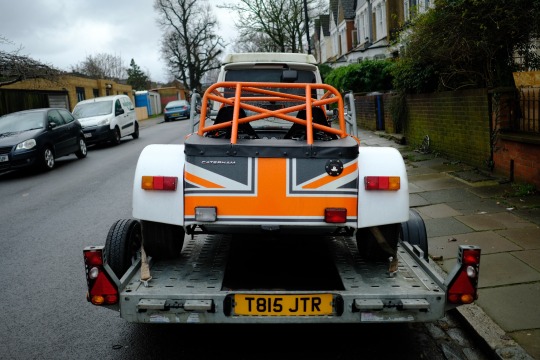
Caterham Super 7 racer. Muswell Hill, London February 2024.
#travel#yzshot#cars#classic cars#race car#caterham#super 7#motorsports#racing#british car#spped#trailer#london#track day#fujifilm#fujixseries#fujifilmxseries#fujifilm xt20
2 notes
·
View notes
Text
On This Day in F1: February 5th
Present: Williams and Sauber Car Launches
History: 2015 Caterham Announces Auction
February 5th, 2024 is the date of the next two car launches - Williams and Sauber (otherwise known as Stake F1 Team Kick Sauber).
For Williams, we have kind of known what the livery may be like based on previous years. F1 teams recently don't change much about their liveries unless it is to take away color and have more carbon fiber. So there was a starting point to go off of when thinking of the Williams car launch.


(Pictures from Williams Racing)
After an initial glance, the livery doesn’t look too different from last years. However, a key new detail is the addition of a new sponsor Komatsu — a Japanese industrial equipment manufacturer that has no connection to Haas Team Principal, Ayao Komatsu. Also, there is a nod to team founder, Sir Frank Williams, and the original Williams logo.
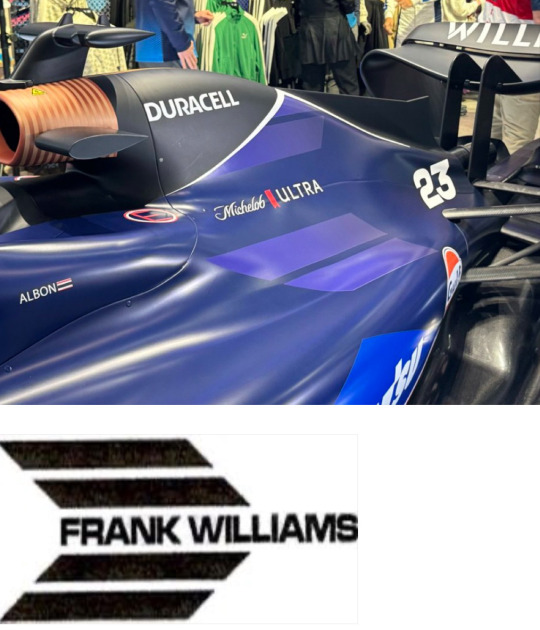
(Taken from Twitter: Chris Medland)
youtube
(The full car launch is also available on YouTube)
But for the Sauber car launch, there was nothing to go off of. This will be the first of two years that there will be Stake/Kick liveries. Based on the logo that the official F1 account used in the car launch dates post, my assumption was that neon green would be a key component of the livery - which is something I can get behind despite the team having one of the worst names I've heard.
As I had expected, especially after the race suits were revealed, the car is neon green with black. At first, the neon green is a bit overwhelming, especially in the wind tunnel that it was displayed in with the neon lights. However, in pictures it does look better, but the best test of how good the livery is will be on track. It is one of the few liveries that won’t be confused with another team.


(Pictures from Twitter: F1)
youtube
While we celebrate car launches, on this day in 2015, it was announced that Caterham would be auctioning its assets after entering administration the year prior. This would be the end to the Caterham team as everything was to be auctioned off in the coming months.
Caterham competed in Formula 1 from 2012 to 2014. The team is tied with HRT for the most races started without scoring a point (56 races). The team was not able to compete during the 2014 US and Brazilian GPs, but was able to crowdfund to compete in Abu Dhabi.
Despite receiving a special dispensation to use their 2014 car for the 2015 season, the auction announced on February 5th, 2015 meant that the team would fold and end its run in Formula 1. Unlike the team stability of the current era and refusal by FOM to allow new teams, earlier eras were riddled with teams folding and dropping out due to not having enough funding to keep racing.
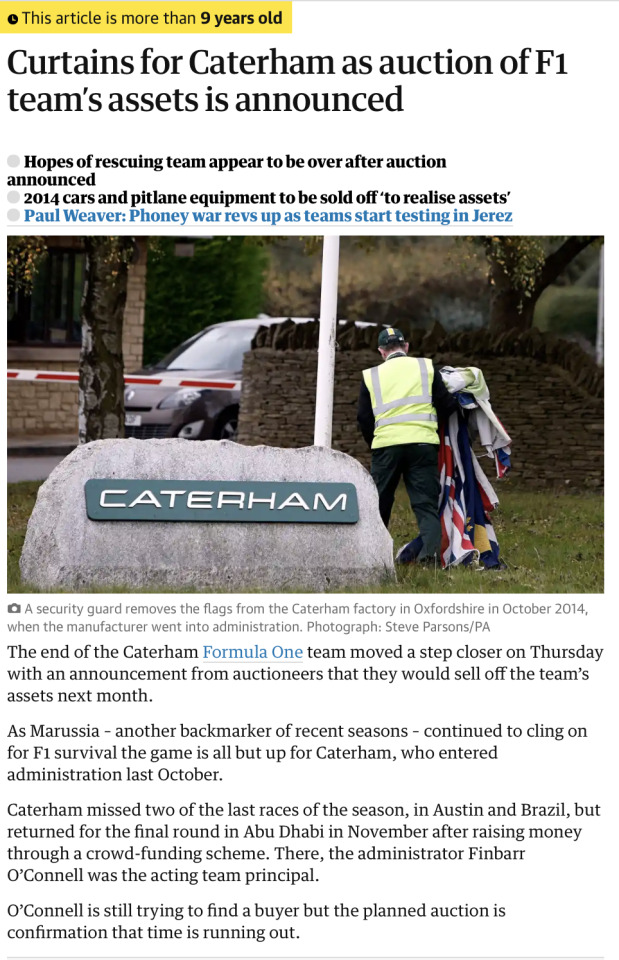
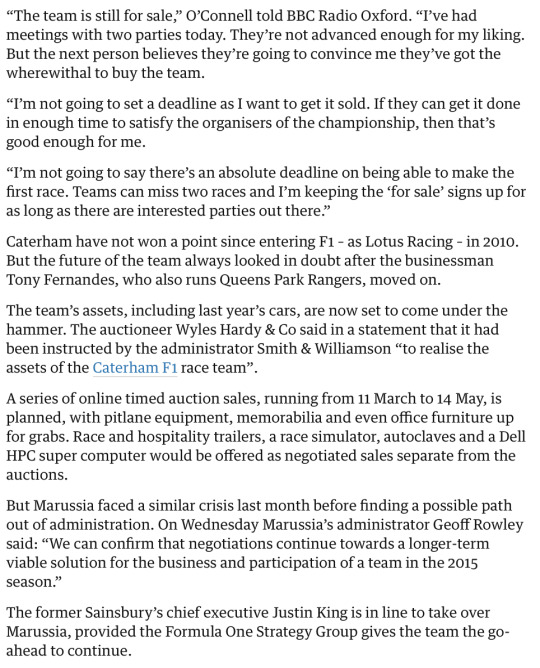
(article from The Guardian by Paul Weaver)

(The CT04 — Caterham’s last F1 car. Driven by Kamui Kobayashi. Other 2014 Caterham drivers included Marcus Ericsson, Will Stevens, and André Lotterer. )
__________
Previous: Feb. 2nd - 2007 Williams Car Launch
Next: Feb. 7th - Alpine Car Launch
On This Day in F1 Masterlist
#on this day in f1#car launches#formula 1#f1#williams racing#stake f1 team#sauber#caterham#f1 history#Youtube
2 notes
·
View notes


